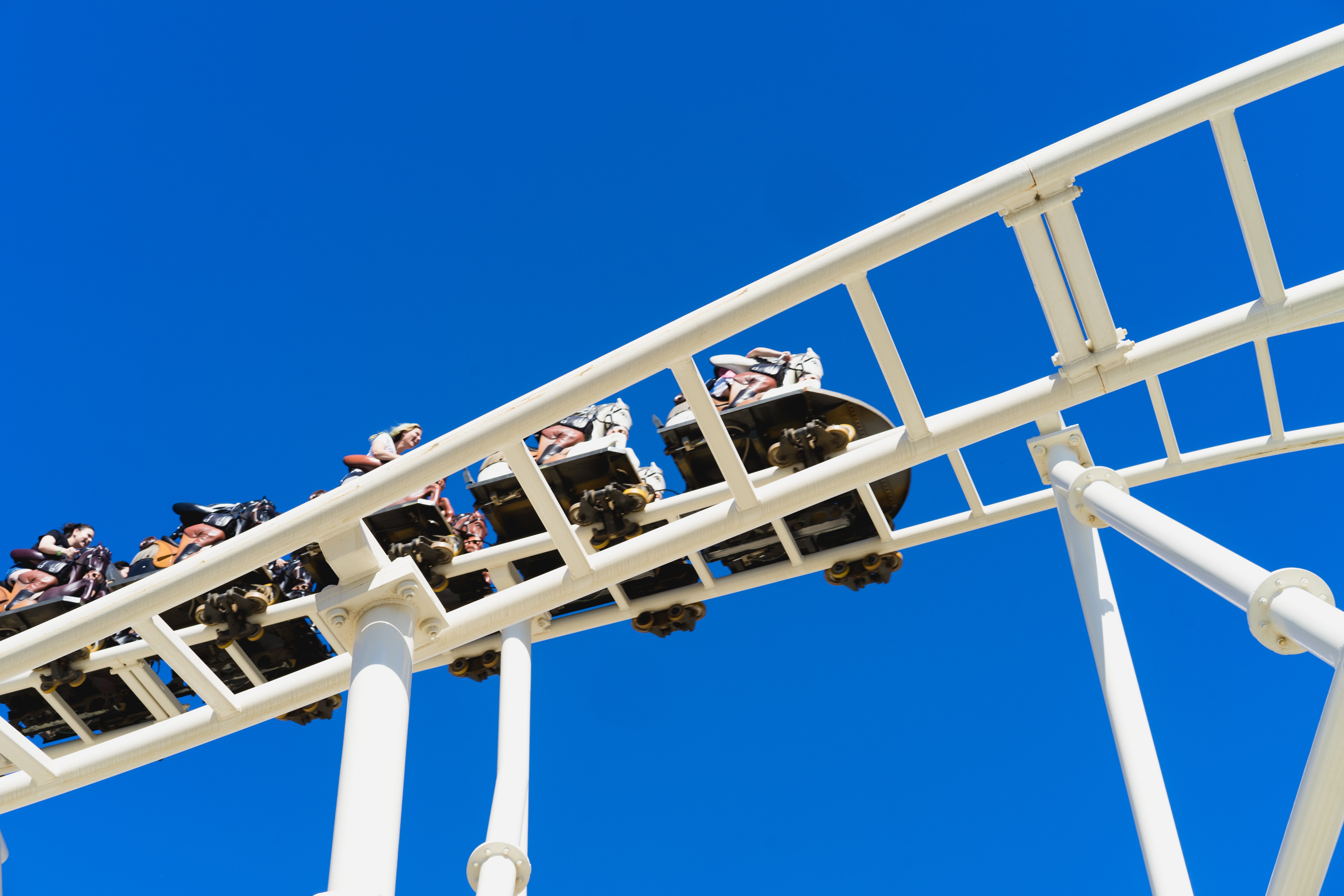
Disability Safety Standards in Amusement Parks
Amusement parks are meant to be fun for everyone, but that can be difficult to ensure for individuals with disabilities. Due to the public nature of amusement and theme parks, they fall under the jurisdiction of the Americans with Disabilities Act (ADA), meaning that they must meet certain accessibility guidelines. The ADA provides standards for the creation and use of amusement rides, water rides, swimming pools, and so much more.
Parks have found creative ways to cater to the needs of individuals with disabilities. For example, some parks provide quiet retreat areas for guests who might become overwhelmed by all the stimuli in the park. Other theme parks offer special boarding passes for people with disabilities so they can bypass lines by pre-scheduling their ride times. When planning a visit to an amusement park, contact a customer representative to find out what the park might offer to people with impairments since this information isn’t always publicized.
ADA Guidelines
Wheelchair Use
For every newly constructed amusement ride, one space should be specifically designed for an individual who may use a wheelchair. While one seat is an ADA obligation, parks are encouraged to increase the accessible options to accommodate more than one family or additional friends in the group.
Accessible Route
Stationary theme parks must provide an accessible route to and from the ride for loading and unloading of a person who uses a wheelchair or has a disability. However, individual-controlled rides such as bumper cars are an exception. Temporary carnivals and state festivals do not need to comply with these ADA guidelines.
Wheelchair Fit
For rides that accommodate wheelchairs, rides must meet certain size requirements and clearances. If a lift is used for loading or unloading, it should provide a secure fit for the wheelchair with no fear of falling.
Keeping Riders with Disabilities in Mind
Many parks offer information about each of their rides and may provide a brochure that highlights rides that are specifically accessible to individuals with impairments. After all, every individual is different. Therefore, specific rides will work for particular riders with disabilities.
Seat Restraints
Double check the closure and fit of ride restraints on your body for ride safety. Thin or larger riders have a higher risk of having a seat restraint fail if it’s solely a lap restraint.
Nervousness
If someone with a disability becomes frightened before the ride begins and there is still an opportunity to disembark, alert the ride operator immediately. Fear and panic are avoidable in these situations, but when unchecked may lead to potential harm for the disabled individual and other guests on the ride.
Beware of Flashing Lights
Some riders may be prone to seizures due to flashing lights associated with rides. In this case, it’s important to know which rides might have those trigger-inducing lights and to avoid them.
Remain Sensitive
Individuals with impairments may become panicked mid-ride. It’s important to be sensitive to their needs and be aware of possible overstimulation. In the event of overstimulation, work with the ride operator to safely exit the ride.
To create a more accessible world, amusement and theme parks must find ways to offer entertainment and rides to individuals who have disabilities. While this may mean having special seats for individuals with impairments, it can also mean providing special areas of the park as well.
At StrongGo, we believe in an accessible world. And we work toward that goal every day by providing TekWay detectable dome-tiles for public transportation projects. Speak with one of our industry experts today to discover a solution to your public access area.


